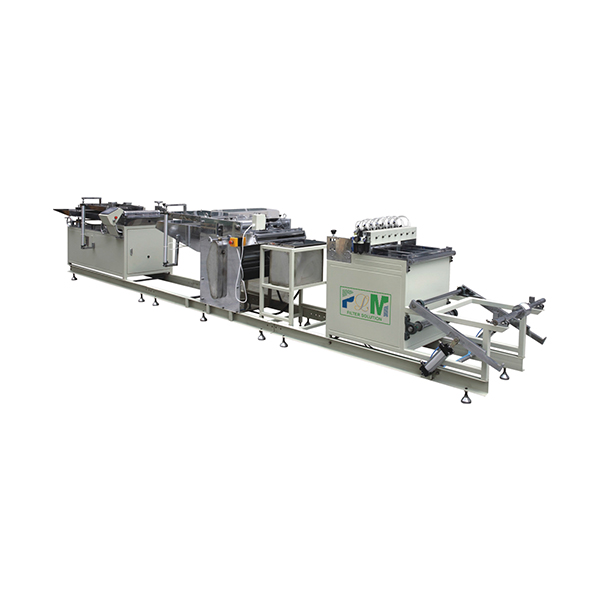окт. . 15, 2024 18:41 Back to list
Exploring Common Types of Plastic Materials Used in Frame Manufacturing
The Evolution of Plastic Frame Materials in Modern Design
In recent years, the use of plastic frame materials has gained significant popularity in various industries, particularly in the fields of eyewear, furniture, and automotive design. This trend can be attributed to several advantageous properties of plastic, including its lightweight nature, versatility, durability, and cost-effectiveness. As technology advances and consumer preferences shift, understanding the evolution and applications of plastic frame materials becomes essential for designers, manufacturers, and consumers alike.
The Beginnings of Plastic Frame Materials
The introduction of plastics in the mid-20th century marked a revolutionary shift in material science. Initially adopted for its affordability and ease of manufacture, plastic quickly became a staple across a wide range of applications. Early plastic materials, such as Bakelite, were solid and rigid, providing a durable option for frames and casings. However, as technology advanced, newer materials emerged, offering improved qualities that would cater to specific needs in design.
Properties of Modern Plastic Frame Materials
Modern plastic frame materials are often characterized by their exceptional strength-to-weight ratio, UV resistance, and flexibility. These properties make them particularly suitable for industries like eyewear. For example, polycarbonate and TR90 (Thermoplastic Rubber) are widely used in eyewear frames due to their impact resistance and comfort. Polycarbonate is known for its ability to withstand significant force without shattering, making it ideal for safety glasses and sports eyewear.
Another notable material is acetate, a plant-based plastic known for its vibrant colors and patterns. Acetate is particularly popular in fashion eyewear, where aesthetics play a crucial role. Its flexibility allows for a comfortable fit and easy adjustments, which is a major selling point for consumers.
Sustainability in Plastic Frame Design
As environmental concerns rise, the industry has shifted its focus towards sustainable practices, including the use of recycled and bio-based plastics. Brands are increasingly adopting materials derived from renewable sources or recycled plastics to reduce their environmental footprint. For instance, some companies are now producing eyewear frames from materials like recycled ocean plastic, promoting both sustainability and innovation.
plastic frame materials

Moreover, advances in biodegradable plastics offer a promising future for plastic frame materials. Research into biodegradable alternatives creates an opportunity for the eyewear industry to reduce waste and extend the lifecycle of products, aligning with the growing consumer base that values sustainability.
The Role of 3D Printing
The advent of 3D printing technology has further expanded the potential of plastic in frame design. Designers and manufacturers can now create custom frames tailored to individual specifications with unprecedented speed and precision. This technology not only allows for unique designs but also minimizes material waste compared to traditional manufacturing processes. In addition, it provides an avenue for rapid prototyping, enabling brands to test designs and make adjustments before mass production.
3D printing has revolutionized the design workflow, allowing for creativity and experimentation without the constraints of traditional limitations. This is particularly important in sectors such as eyewear, where personalization is increasingly sought after. The ability to create bespoke products not only enhances consumer satisfaction but also cultivates brand loyalty.
The Future of Plastic Frame Materials
Looking ahead, the future of plastic frame materials appears bright, driven by technological advancements and an enhanced understanding of material properties. As consumers continue to demand stylish, durable, and eco-friendly products, manufacturers will need to innovate not just in design but also in sourcing and production techniques.
The ongoing exploration of new polymers, coupled with sustainable practices, ensures that plastic will remain a vital component in frame design. The synergy between aesthetics and functionality will guide the development of new materials that meet consumer needs while embracing environmental responsibility.
In conclusion, the evolution of plastic frame materials reflects a broader narrative of design innovation, sustainability, and consumer preference. As we move forward, the interplay between technology and material science will undoubtedly shape the future of numerous industries, making plastic an indispensable element of contemporary craftsmanship. By embracing these transformations, designers and manufacturers can create a more sustainable and stylish world, one frame at a time.
-
OEM PLXB-1 PU Pack Trimming Machine - High Precision, Durable, Cost-Effective Solutions
NewsJun.10,2025
-
High-Performance In Line Fan Filter Trusted In Line Fan Filter Company & Products
NewsJun.10,2025
-
High-Efficiency Water Filter Making Machine Reliable Companies & Products
NewsJun.10,2025
-
Premium Metal Fuel Filter Durable & Efficient for Engine Protection
NewsJun.10,2025
-
Premium OEM 304 Rimmed Filter Disc Custom Stainless Steel Filters
NewsJun.10,2025
-
China PP Air Filter Production Line Automated & High-Efficiency Solutions
NewsJun.10,2025
